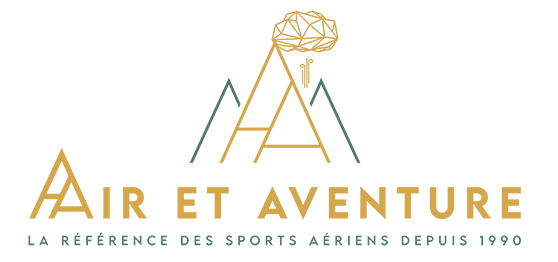Becoming an independent paraglider pilot : What courses are available to help you fly alone ?

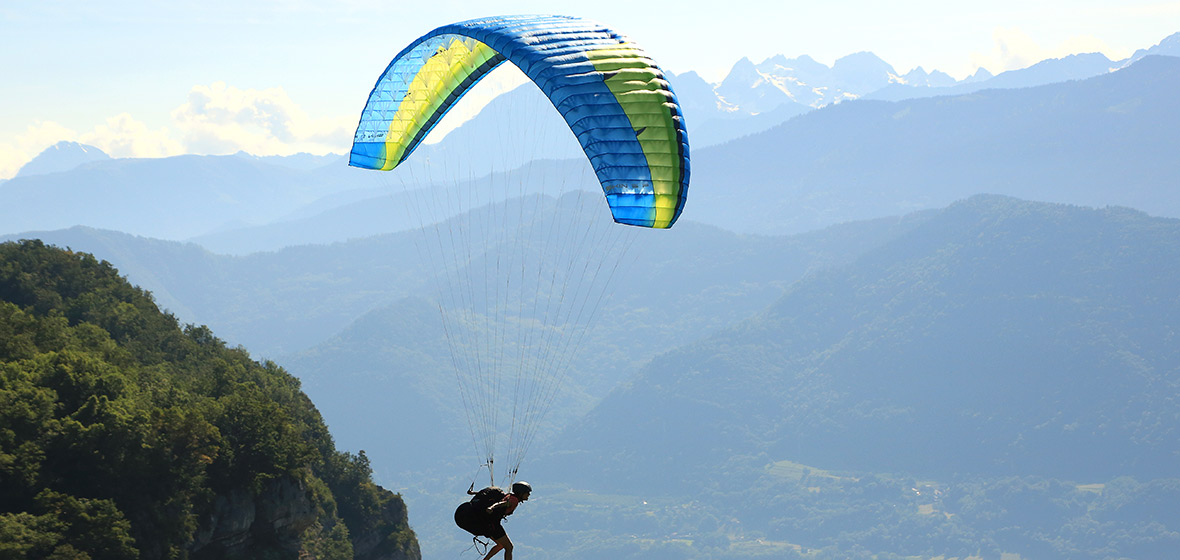

The question most frequently asked of paragliding instructors is that of autonomy. How many flights are needed before you can fly alone with your own equipment ? How many paragliding school courses do you have to take before you can fly independently ? What qualifications do you need to have before you can fly on your own ? These are all questions to which the answers will depend on each individual and each situation.
To give a general idea, we could make the following shortcuts:
The paragliding beginner courses will enable you to discover the activity, learn to fly safely and give you the basics and techniques for taking off and landing, thanks to the work of the instructors. During the day, you'll take part in theory lessons with the whole team, as well as learning how to inflate your gliders on the training slope. Your first flight won't be in a tandem, but don't worry, the instructor will be there to guide you by radio and help you with your technique. Theoretical lessons are compulsory for the course. The most important thing to remember is to work hard and keep at it. Whether on the ground or in the air, you need to be able to put the instructor's advice into practice.
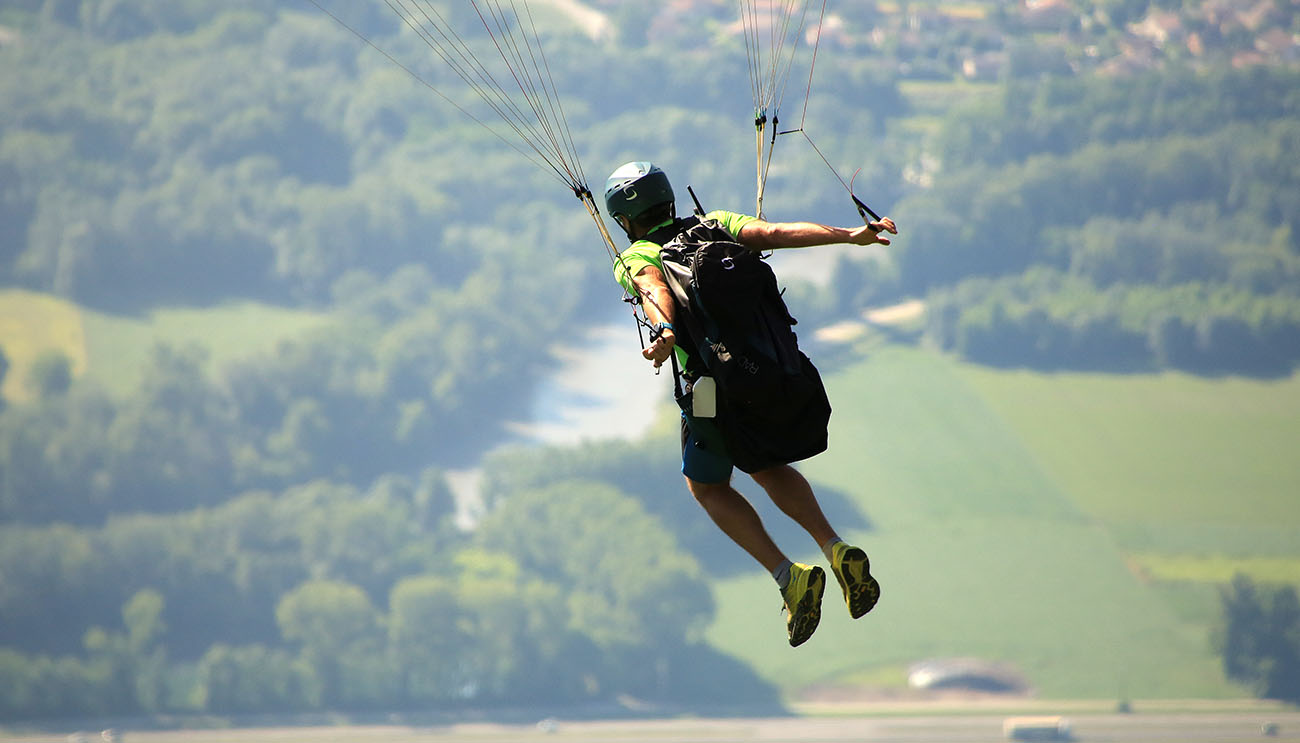
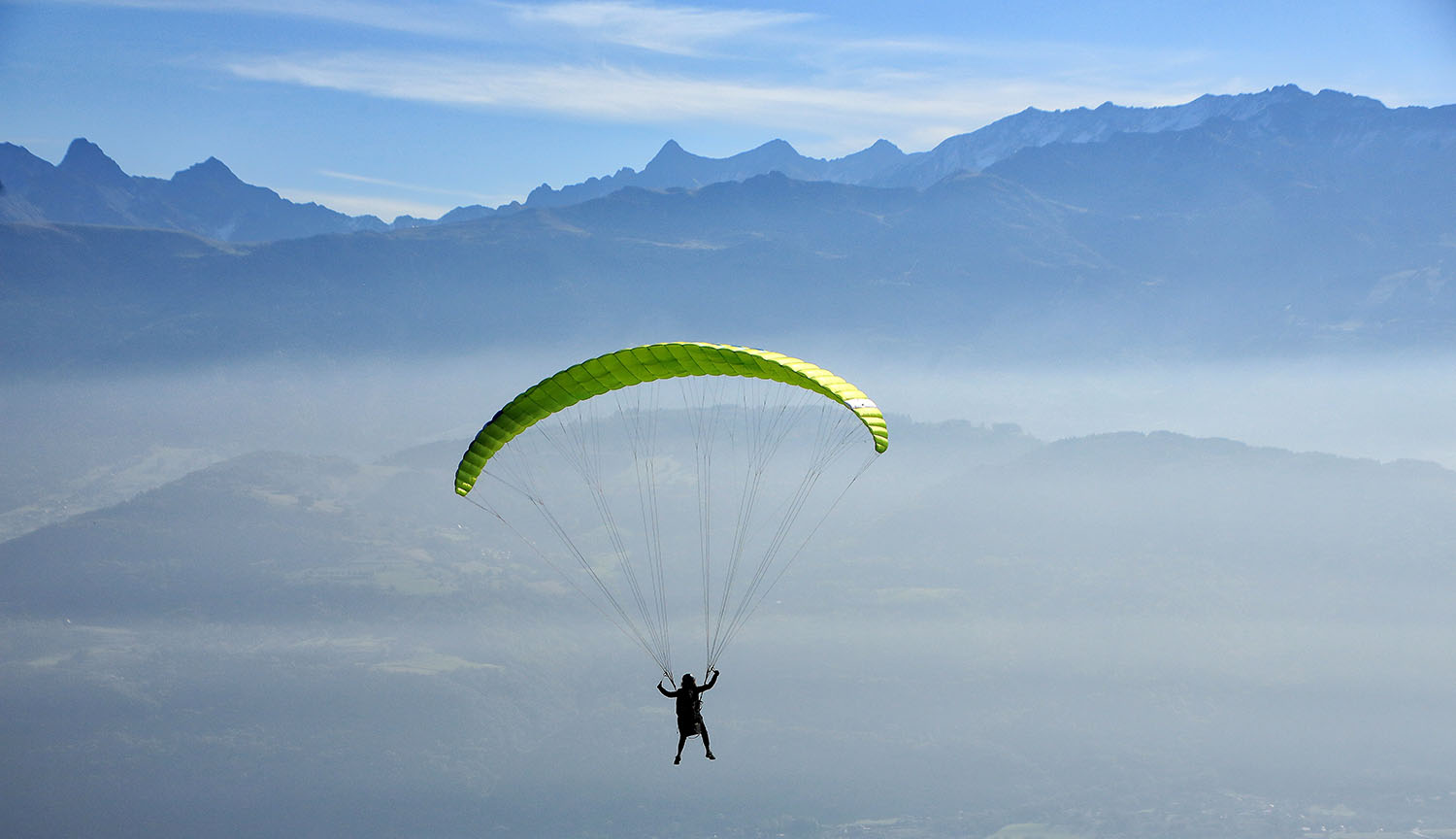
The progression course will provide you with a little more flight volume, during which, if you do well, your instructors will start to let you fly a little independently on the take-off and landing phases. During these flights, you'll also become familiar with flying in calm conditions.
After this introductory course, and depending on your profile, your instructors will surely encourage you to fly independently, or they may advise you to continue with a few more days of school training to help you take the step to flying alone.
Please note, however, that flying independently in the air does not mean that you can do without flying school. It just means that you'll be able to make flights in calm aerological and meteorological conditions at known sites, without putting yourself in a dangerous situation. In fact, you'll be able to increase your number of flights, and therefore your number of take-offs and landings. This will enable you to gain experience in these phases of flight. You'll also be able to reproduce in flight the exercises you've learnt during your training courses, if your instructors have validated that you can reproduce them on your own. All our paragliding instructors have a pilot's license, so they're experienced in teaching you to fly better. Qualified instructors will be with you every minute of the flight you take.
Afterwards, if you want to progress (in thermalling, for example, or learn to take more amplitude on your turns, etc.) then a return to the school may be necessary to put into practice as much as possible of what you've learned in training. Hence the Progression level 2 and 3 courses or the advanced courses offered by schools affiliated or not to the FFVL (Fédération Française de Vol Libre).
PROGRESSION COURSE TO MOVE TOWARDS PARAGLIDING AUTONOMY.
As mentioned above, the aim of the paragliding progression course is to lead you towards autonomy. To achieve this, you'll increase the number of hours you fly during the course. The notion of take-off can be tackled if the inflation conditions are right, and your instructor will certainly begin to give you autonomy over the different phases of landing so that you can familiarize yourself with the approaches and associated heights during paragliding flight.
In flight, the exercises and objectives will become more varied so that you can discover as many situations and sensations as possible. Piloting the glider will increasingly resemble what paraglider pilots have to deal with during a flight.
Don't hesitate to ask your instructor and monitors at the end of the course about your autonomy, and seek their advice. They are in the best position to advise you on the subject.
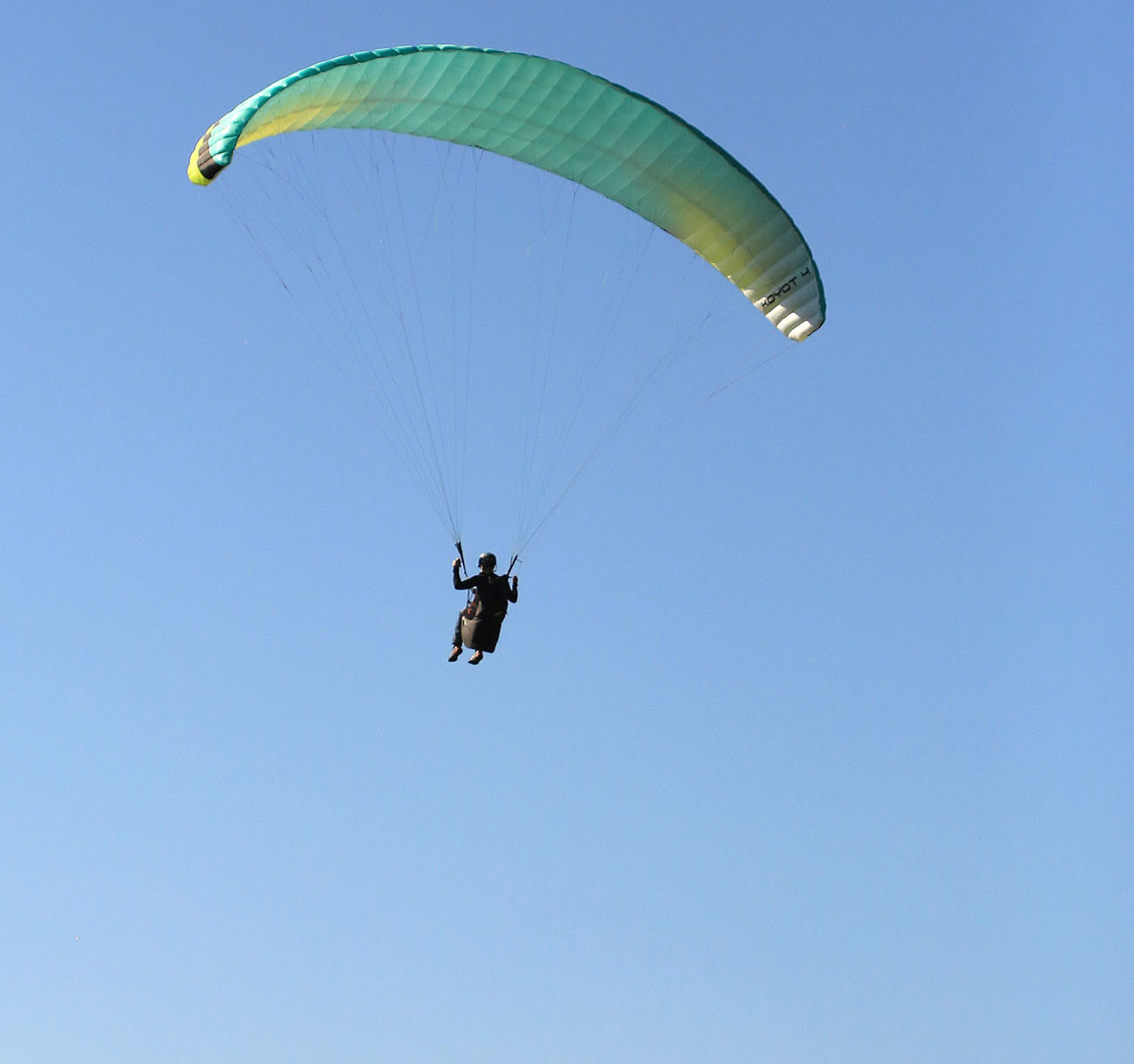
ADVANCED COURSE TO BE AUTONOMOUS IN PARAGLIDING
Once you're autonomous, flying calmly at a known flying site, you'll be able to look further afield. You'll be able to improve your skills, take to the skies and enjoy the thrills. The ultimate goal of every paraglider pilot is, of course, to have fun in thermals. The aim of the refresher course is to help you discover the joys of flying at different sites in different weather conditions (thermals). That's why, during a paragliding refresher course, you'll be required to move around several flying sites during the week, and to fly over a wider range of hours. Your theoretical knowledge will also be more advanced. Finally, you'll be able to enjoy flying solo.
